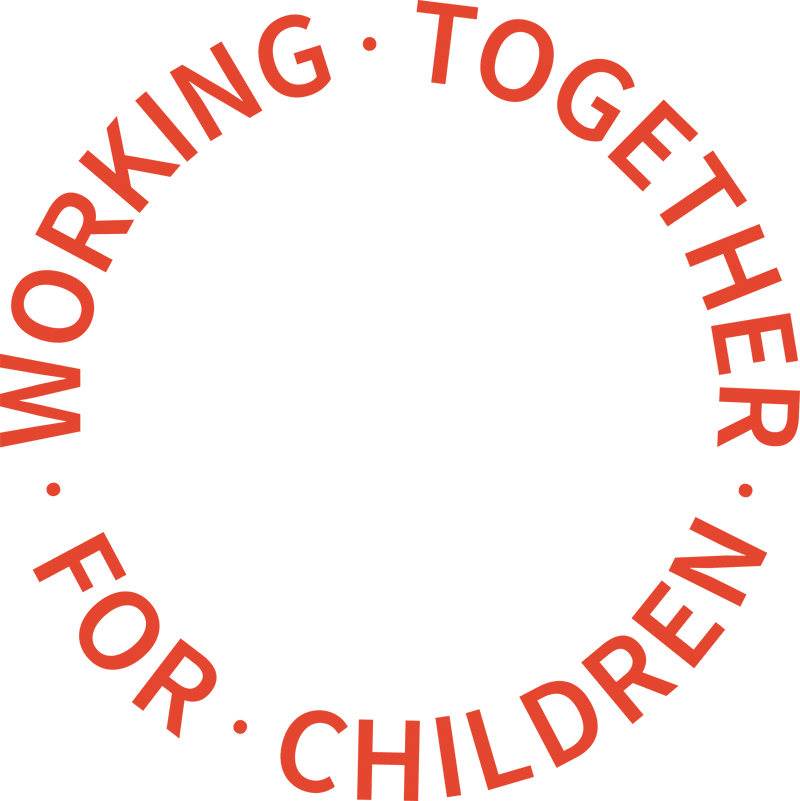Children's social care in England is improving overall, according to Ofsted.
The proportion of local authorities judged to be good or outstanding for overall effectiveness increased to 46% at 31 March 2019. After each authority's first Single
Inspection Framework (SIF) inspection it was 36%.
Furthermore, the proportion judged inadequate has dropped from 22% after each local authority's first SIF, to 13%.
"The picture for all LAs as at 31 March 2019 continues to improve, with 46% of LAs now judged good or outstanding. The position after each LA’s first SIF inspection was 36%, and as at 31 March 2018 it was 38%. There has also continued to be a fall in the percentage judged inadequate, decreasing to 13% from 22% after each LA’s first SIF, and from 15% as at 31 March 2018," said the report.
As at 31 March 2019, half of all regions had improved on the percentage of local authorities judged good or outstanding compared with after each LA’s first SIF inspection.
The other half remained at the same percentage; no regions declined.
The report highlights that the London boroughs have the highest percentage of local authorities judged good or outstanding, as they did the previous year, at 73%. However, unitary authorities have the lowest percentage judged good or outstanding at 35%.
The Single Inspection Framework was replaced by the Inspections of Local Authorities’ Children’s Services (ILACS) framework programme in January 2018, so this year, 1 April 2018 to 31 March 2019, represents the first full financial year of ILACS.
Since the ILACS framework came into effect in January 2018, Ofsted has conducted 43 short or standard ILACS inspections. All but one of these inspections was carried out between 1 April 2018 and 31 March 2019. Of these 43 inspections, 33 were standard inspections and 10 were short inspections. Over half of these inspections were judged good or outstanding (56%), 33% requires improvement to be good, and 12% inadequate.
Of the 23 LAs judged inadequate as at 31 March 2018, all saw inspection activity during 2018-2019. Monitoring visits are carried out on a regular basis to local authorities judged inadequate to support them in improving their services for children. The visits are bespoke to each local authority, depending on the areas for improvement and the stage which they are at on their improvement journeys. Between 1 April 2018 and 31 March 2019, Ofsted carried out 49 monitoring visits to 21 local authorities.
The report also looked at children's homes and said that the number of children’s homes in England continues to increase, as more privately-run homes open.
The inspection profile of children’s homes as at 31 March 2019 remains positive overall, with small changes within the sectors and provision types. Nationally, most homes continue to be judged good or outstanding. However, fewer homes improved in 2018 to 2019 than in the previous year in both full and interim inspections.
More homes improved their overall effectiveness judgment at their first inspection in 2018-19 (389 out of 2,006) compared to the previous year (313 out of 1,872). Despite this, the proportion and the number of homes that declined was higher (412 out of 2,006).
Fewer homes retained their previous inspection judgment compared with the last year.
A small number of homes were judged inadequate in 2018 to 2019 and received inspections throughout the year to check the improvement activity, and most had improved by the end of the year. of the 2,183 children’s homes which received a full inspection in 2018 to 2019, 121 were initially judged inadequate.
Local authority-run homes perform better than homes in the private and voluntary sectors. However, compared to the previous year, fewer secure children’s homes and residential special schools registered as children’s homes were judged good or outstanding.


